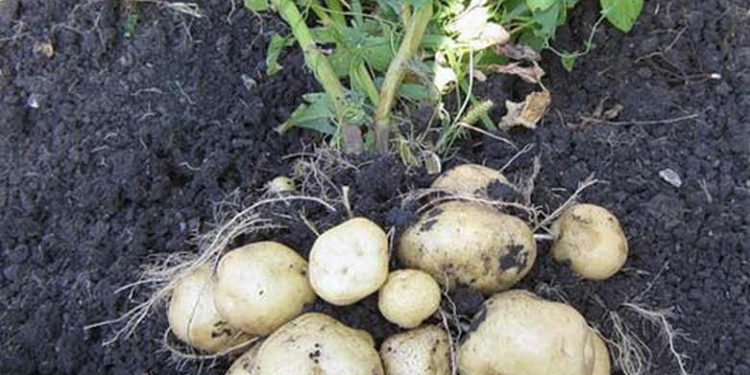Genetic manipulation has come a long way.
Humans have been using genetic manipulation for millennia, long before we worked in lab coats. From cute dogs to edible fruit, selective breeding has long been used to cultivate plants and animals of high value.
These days, scientists carry out more-precise genetic manipulation in labs. But the results haven’t always been perfect. Up until recently, genetic modification could be a little clunky, producing organisms that might thrive in a lab but not in real-world conditions.
Taking control
Professor Ryan Lister from the University of Western Australia has co-written a paper on how plants can be better designed through more-sophisticated genetic editing.
“Organisms have complex programs that control when, where and to what degree genes are turned on or off,” says Ryan.
“We want to genetically modify plants with sophistication equal to what natural evolution has achieved.”
These complex control programs, which evolved naturally, allow the plant to respond to its environment. For example, a plant might have naturally evolved a gene that is only “turned on” under high heat conditions. If you can identify the natural genetic control program that causes that gene to be turned on, you can recreate that control program in another part of the plant. In this example, it means you could engineer a plant to react to heat in a very specific way.
Climate-proofing
Mastering this level of genetic manipulation could give researchers greater control over the economic output of plants. It could turn them into finely tuned biological factories that efficiently create high-value molecules or improve their response to harsh external influences like pests and climate change.
The applications of this research are wide. In Australia, it could be a game changer for the agricultural sector, which is becoming increasingly vulnerable to harsh environmental conditions.
“When weather becomes unpredictable, it causes destabilization to established systems,” says Ryan.
So, climate-proofing plants was probably an obvious application of the research outcomes.
What about growing plants in space? Can Ryan’s research help us do that?
Space seeds
Ryan is part of a multi-university research project called the Australian Research Council Center of Excellence in Plants for Space. The project will research how to design plants that thrive in off-Earth environments.
“As humans have spread across the world over the past many thousands of years, we’ve taken plants with us. Plants underpin our civilization and enrich our lives and our health,” says Ryan.
“Not to mention, they’re incredibly efficient and versatile machines that can create an enormous diversity of molecules and materials.”
If we established colonies on the moon or Mars, it would be difficult to bring machines that make medicine or other materials. But if we can engineer plants to produce certain molecules on demand, all we need to bring are the seeds to grow those plants.
Back on the ground
Back on Earth, Ryan’s research can be applied to other things like vertical farming. The innovative agriculture practice is founded on tightly controlled environmental inputs.
“When we grow plants in an efficient indoor controlled environment, we can achieve very high growth and productivity with really low nutrient and water usage,” says Ryan.
“But these are entirely different environments from what the plants evolved in, and they come with their own challenges. We aim to overcome these to achieve even greater productivity and versatility.”
“Indoor agriculture could remove the challenges of transporting fresh produce from distant farms where they’re conventionally produced to the major points of demand and consumption. And for some countries that are land constrained, this could be a real boon for overcoming challenges of food sovereignty.”
There are many steps to take before we grow genetically engineered plants on Mars. But as anyone who has done a little gardening knows, from little things big things grow.
Provided by Particle








